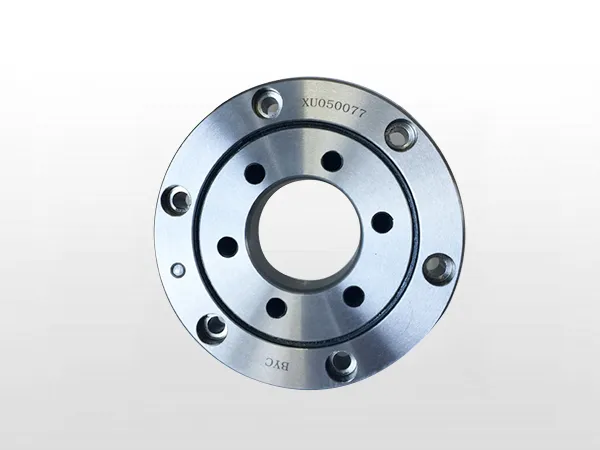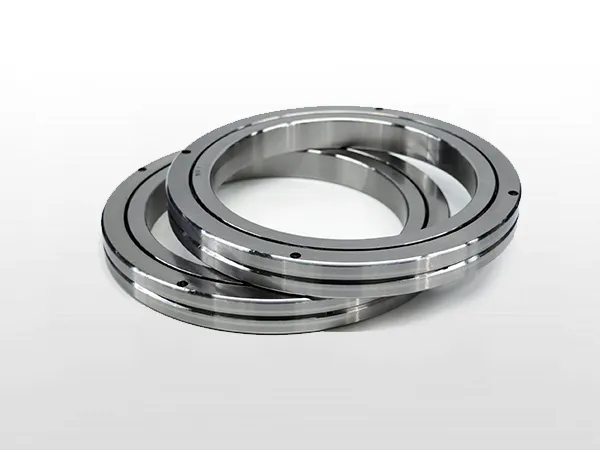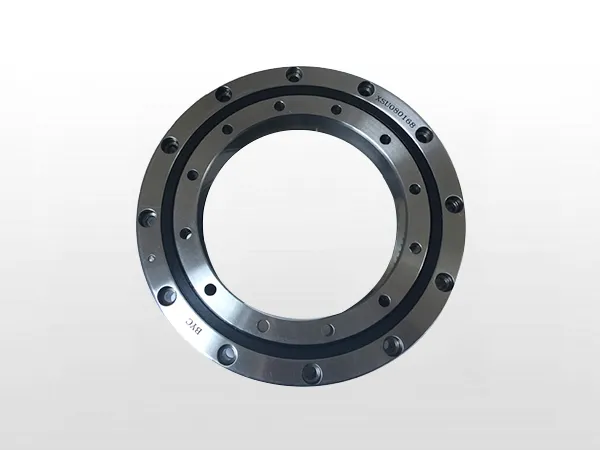Cylindrical roller bearings are a type of rolling-element bearing designed to handle radial loads (loads that act perpendicular to the axis of rotation). They consist of cylindrical rolling elements placed between inner and outer rings. These bearings are widely used in various applications where rotational motion is involved and where high radial load capacity, precision, and rigidity are essential.

Cylindrical roller bearings are commonly used in a wide range of industrial machinery and equipment, including machine tools, textile machinery, printing presses, papermaking machines, and conveyor systems. They provide support for rotating components like shafts and spindles.
In the automotive industry, cylindrical roller bearings can be found in various parts of a vehicle, including engine components, transmissions, axles, and wheel hubs. They help support and guide rotating parts while withstanding the forces encountered during vehicle operation.
Cylindrical roller bearings are used in locomotives, freight cars, passenger trains, and light rail systems to handle the loads and vibrations associated with rail transportation.
They are employed in aircraft engines, landing gear assemblies, and various aircraft subsystems to handle high radial loads and maintain precision in critical components.
Cylindrical roller bearings are used in construction equipment, such as cranes, excavators, and bulldozers, where they support the heavy loads and ensure smooth movement of machinery components.

In mining and quarrying equipment, these bearings are used in crushers, screens, and conveyors to withstand the rugged conditions and heavy loads encountered in mining operations.
They are found in power generation equipment, such as turbines and generators, to support and maintain the alignment of rotating components.
Cylindrical roller bearings are used in pumps, compressors, and drilling equipment in the oil and gas industry to handle high loads and provide reliable performance in demanding environments.

In maritime settings, they are used in ship propulsion systems, winches, and various marine machinery to support shafts and rotating components.
Some medical equipment, such as MRI machines and medical imaging devices, may incorporate cylindrical roller bearings to ensure precise rotation and minimize friction.
Cylindrical roller bearings come in various designs and configurations, including single-row, double-row, and multi-row designs, to suit different application requirements. They are chosen for their ability to handle radial loads efficiently and can also accommodate certain axial loads when appropriately designed. The choice of the specific bearing design and size depends on the application's load, speed, and other operational factors.
